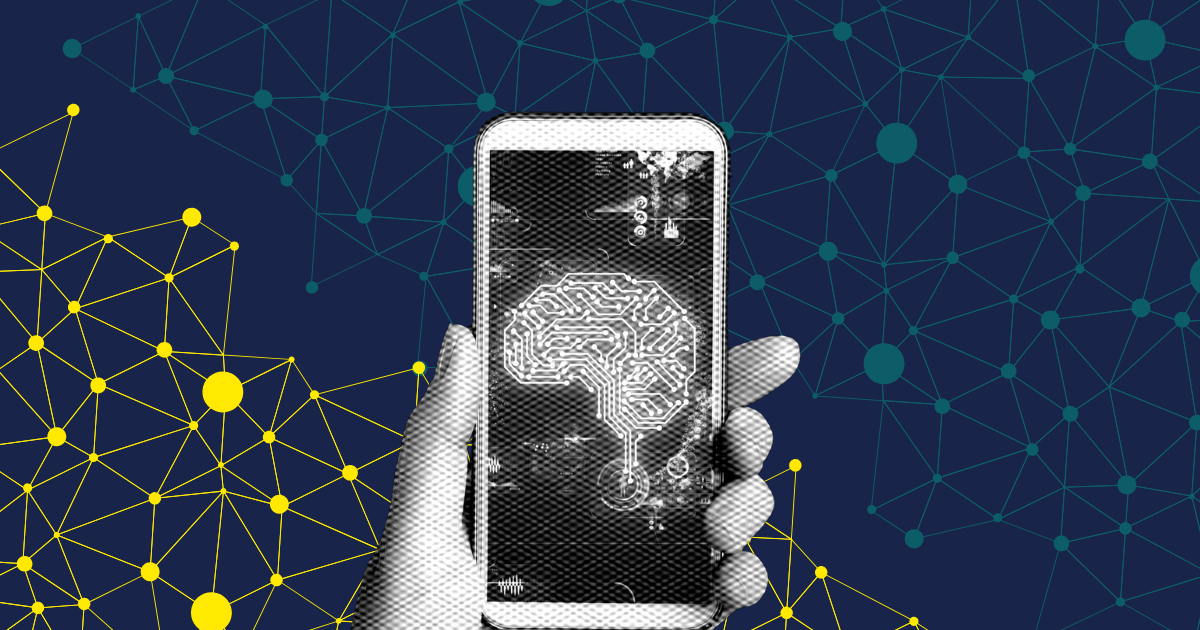.png)
Kogod School of Business
Artificial intelligence models are a key part of creating an AI tool that can successfully make predictions and establish accurate behaviors. By developing an algorithm that can use existing data to reach conclusions about new data, AI developers can create systems that recognize patterns in images, process language, and make decisions.
What are AI models, and how do they work?
Artificial intelligence models are the algorithms behind the scenes that allow AI tools to participate in human behaviors like decision-making and forecasting. AI models are designed to evaluate data sets for specific patterns, which they then use to predict how those patterns can appear in the future. A trained AI model can serve a wide range of purposes for individuals and organizations, and many of today’s most famous AI tools utilize AI modeling to be successful.
Gwanhoo Lee, professor of information technology and analytics at American University’s Kogod School of Business, says, “AI models are powerful tools that are trained on vast amounts of data to recognize patterns, make predictions, generate contents, automate decision-making, and perform complex tasks. Understanding AI models is crucial for future business leaders because they are becoming fundamental to virtually all business processes.”
To use an AI model, you first have to train it. The training process begins when the AI model receives a large set of data from an outside source, which helps train it to improve its accuracy. The model makes judgments based on the data it receives, which it can then use to make additional judgments and predictions without data.
The training process involves three steps:
- Developing the algorithms that function as the foundation for the model
- Training those algorithms to recognize data accurately
- Deploying the trained model in situations where it can be given new information and draw logical conclusions
How are AI models used today?
AI models can be used in a wide variety of ways. A well-developed model can recognize patterns in data, text, images, and videos, enabling it to be used in many industries. Healthcare, business, and cybersecurity organizations have all adopted AI tools to support more efficient and autonomous processes, making it even more important to ensure that the models behind them are trained successfully.
Many of today’s well-known AI tools incorporate AI modeling. Perhaps the most widely known is GPT-4, OpenAI’s natural language processing (NLP) model that generates text and powers the ChatGPT chatbot. OpenAI also utilizes AI models in its speech processing tool Whisper and in its image generation tool DALL-E. Tech giant Google also houses several tools that rely on AI models, such as generative AI chatbot Gemini and the DeepMind family of neural network models.
What are some of the challenges of developing AI models?
AI models are trained on existing datasets; as such, it’s vital to ensure that the datasets used are high-quality and lack bias. Suppose the data a model learned from becomes outdated over time. In that case, it can lead to less accurate results and a phenomenon known as ‘hallucinating,’ where an AI tool draws the wrong conclusions from its data and provides incorrect information to fill in the blanks in its knowledge. Additionally, suppose a model is trained on data that is skewed towards certain results or inferences. In that case, the model will naturally learn to maintain those biases in its conclusions, sacrificing accuracy and impartiality in the process. The best way to counter these issues is to have a data quality management system, whether it’s a team of experts or even another algorithm. By having a system for removing incorrect or outdated data, adding in new information as it becomes relevant, and continuing to test the AI model and check for inconsistencies, AI’s capabilities can continue to improve while ensuring that it behaves accurately.
Why do I need to know about AI models?
With so many industries incorporating AI into their everyday processes, a strong understanding of how AI tools work is vital for career success. The more you know about AI, the better prepared you’ll be to handle it as it appears in your field of choice and the better equipped you’ll be to adapt to changes in what AI can do. In addition, being aware of the existing challenges and shortcomings of AI, such as those described above, can put you in a position to keep an eye out for errors and even contribute to solutions to ensure responsible AI use.
AI models analyze large amounts of data to identify patterns to make predictions or perform tasks, such as translating languages or generating content, that would otherwise require human decision making. Understanding how these AI models work is crucial for users to become better stewards of the technology, allowing us to use AI responsibly and critically think about the models transparency, fairness and mitigating risks like bias or other unintended consequences.”

Angela Virtu
Professor of Information Technology and Analytics, Kogod School of Business
Where can I learn more about AI models?
It’s a great time to learn more about what makes AI tick—new tools are emerging and improving all the time, and understanding the basis of them can put you in a great position to understand them. If you’re thinking about pursuing a degree, you can incorporate AI education into your curriculum even if you don’t want to focus entirely on it! The Kogod School of Business at American University has infused artificial intelligence into its entire curriculum and provided its students, staff, and faculty with access to the Perplexity suite of AI tools, ensuring that all students get hands-on experience with the technology and know how it can be used responsibly in business disciplines.
